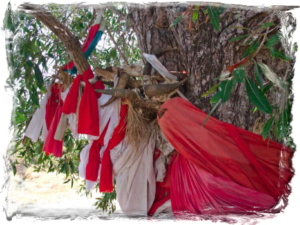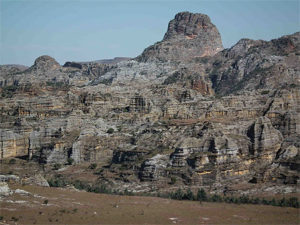Whale-Watching on the coasts of Madagascar
During the Southern winter, from late June to early September, one of the most fascinating natural spectacles in the world takes place on the coasts of the Indian Ocean and therefore also on the coasts of Madagascar. Every year, humpback whales migrate in large groups to warm, tropical waters to give birth to their calves. The
Most of the year, the giants of the ocean spend their time in the Antarctic waters. In these cold seas, Antarctic krill also live, which forms the main food source for the large marine mammals. Only for mating and to give birth to their calves, the peaceful giants glide into the protected waters of the Indian Ocean. During these months, the whales do not consume any additional food, but solely rely on their reserves. Although the annual migration poses a challenge for these large animals each time, it is necessary as the whale calves succumb to a cold shock immediately after birth in the cold waters of Antarctica. Get up close to humpback whales and their young
Humpback whales, which can reach up to 15 meters in length and weigh 45 tons, are extremely caring during the breeding season. Mother whales swim constantly close to their newborn calves during their first migration.
Along the coasts of Madagascar, you can see these incredible animals passing by and even get relatively close to them, as humpback whales are peaceful creatures. To avoid disturbing the animals, it is advisable to seek guidance from an experienced guide. One can assess the appropriate distance to maintain the respect of animals. As a visitor, it is not always easy to determine which provider is competent and offers a reputable service. In this case, one can consider the offers of some hotels that arrange whale watching under very good conditions. Dive schools are also usually equipped with safe and well-motorized boats and offer such tours in the winter.
It is a special privilege that whales can be observed daily in all coastal areas, both on the East Coast and on the West Coast of Madagascar. Particularly popular are East Coast and West Coast of Madagascar. Ifaty, the Bay of Saint Augustin in the south of Madagascar. You can also admire whales and other marine mammals such as dolphins from the coasts of the island of Nosy Be.
Sainte Marie, a charming island located off the east coast, is probably the most famous place to get close to whales. But the Bay of Antongil a bit further north is also highly recommended. The prices of these excursions vary greatly and also depend on how far the animals are from the coast. As an average price, I would estimate about 25€ per person for a tour lasting approximately 1.5 to 3 hours. The duration of the course can vary depending on the provider. This information is just an estimate and actual prices may vary. It is not uncommon to find prices that are significantly higher than the average.




